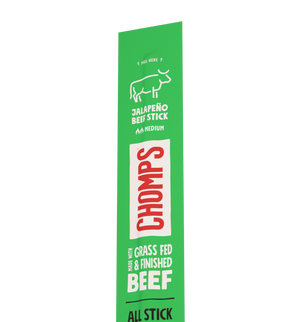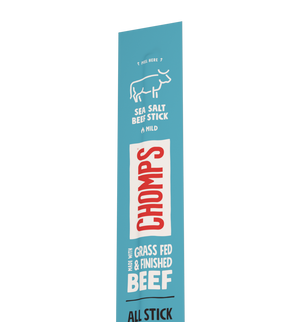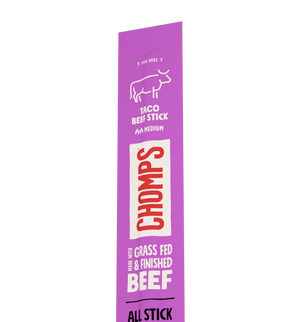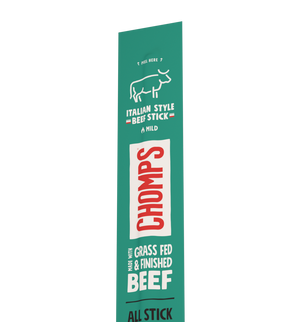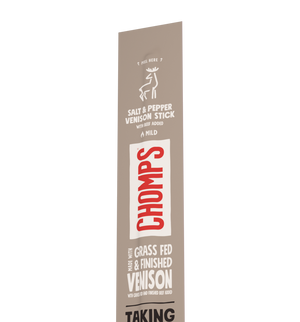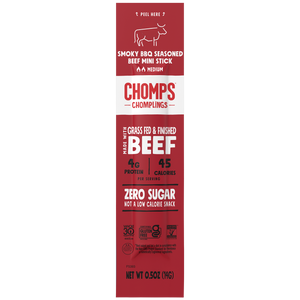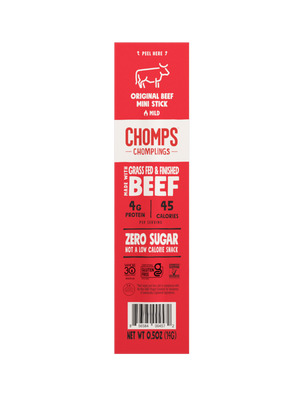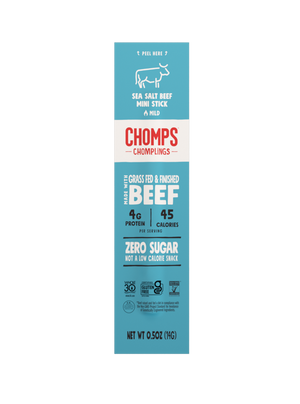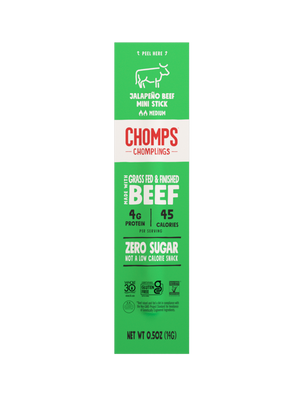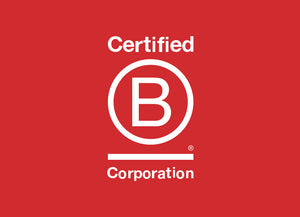Regular consumption of high-fiber foods can help support a number of different health benefits like regulating blood sugar, reducing the risk for heart disease, and maintaining bowel regularity. In addition, it also helps feed the good gut bacteria in our microbiome to support a healthy digestive system.
We know fiber is important, but what exactly is it and how much do we actually need?
Dietary fiber is technically a type of carbohydrate found in a variety of fruits, vegetables, legumes, nuts, seeds, and whole-grains. Unlike regular carbohydrates, fiber is the type of carbohydrate your body can’t absorb, so it passes through the body undigested and creates the bulk that helps support digestion.
Including fiber in meals helps balance our blood sugars by slowing down digestion, keeping us fuller for longer, and even supports weight loss goals. The recommended daily fiber intake is 25 grams for women and 38 grams for men.Food With High Fiber
There are two types of fiber: soluble and insoluble. Soluble fiber is a gel-like fiber that slows down digestion to keep us fuller for longer. It dissolves in water and draws water into the intestines to support regular bowel movements. Soluble fiber is found in the following foods:
- Oats
- Legumes
- Vegetables such as sweet potatoes, peas, carrots, and brussel sprouts
- Fruits such as apples, blueberries, and pears
Insoluble fiber does not dissolve in water, so it helps create bulk to prevent constipation and promote movement throughout the intestines. Insoluble fiber is often found on the skins and seeds of various fruits and vegetables, such as the following foods:
- Beans like chickpeas or black beans
- Vegetables like cauliflower, cucumber, green beans, turnips
- Fruits like plantains, apples, figs
- Nuts like almonds, pistachios, and peanuts
Both soluble and insoluble fiber are equally important as a part of a healthy diet and as we can see, can be found in a variety of different foods. Overall, the best sources of food with higher fiber are whole fruits and vegetables in their whole form because the natural skins and peels on plant foods contain increased amounts of fiber.
For example, this means optimizing the whole apple (highest amount of fiber) instead of the juice (lowest amount of fiber) or the whole blueberry instead of a blueberry granola bar. We rounded up a high fiber food list to make things easy:
Vegetables
-
Artichokes, broccoli, cauliflower, beets, brussel sprouts, cabbage, carrots, potatoes, spinach, kale, radishes, squashes, onions, okra, leeks
Fruits
- Blueberries, strawberries, raspberries, kiwis, apples, pears, peaches, cherries, avocado
Whole-Grains and Legumes
- Chickpeas, black beans, lentils, kidney beans, quinoa, split peas, edamame, whole oats, popcorn, whole grain or whole wheat bread or pasta
Nuts and Seeds
-
Chia seeds, flaxseeds, hemp seeds, pistachios, almonds, walnuts, pumpkin seeds, sunflower seeds
High fiber foods can fit into a variety of different dietary lifestyles. However, individual fiber needs will vary and the sources of fiber will be different depending on dietary preferences.
Opting for less refined food options will typically provide a higher dose of fiber and more micronutrients. Below is a sample list of how different high fiber foods can fit into the diet based on dietary preferences:
Paleo-Friendly High Fiber Options:

- Fruits - any fruits such as coconut, citrus fruits - oranges, grapefruit, strawberries, blueberries, blackberries, and raspberries
- Vegetables - any vegetable such as broccoli, leafy greens, cabbage, brussels sprouts, carrots, parsnips, sweet potatoes, potatoes
- Nuts and Seeds - any nuts and seeds such as chia seeds, flaxseeds, hemp seeds, sunflower seeds, pumpkin seeds, almonds, pistachios, walnuts
Gluten-Free High Fiber Options:
- Fruits - any fruits such kiwis, bananas, berries, avocados, prunes, apples, pears
- Vegetables - any vegetables such as leafy greens, broccoli, carrots, cabbage, artichokes, radishes, pumpkin, squashes
- Nuts and Seeds - any nuts and seeds such as chia seeds, flaxseeds, hemp seeds, sunflower seeds, pumpkin seeds, almonds, pistachios, walnuts
- Quinoa or Brown Rice
Keto-Friendly High Fiber Options:
- Leafy greens like spinach, arugula, kale
- Vegetables with a lower amount of total carbohydrates such as bell peppers, asparagus, zucchini, mushrooms, fresh herbs
- Low sugar fruits like blueberries, blackberries, raspberries, avocado
- Nuts and seeds such as almonds, pistachios, flaxseed, hemp seeds, chia seeds, pumpkin and sunflower seeds
AIP-Friendly High Fiber Options:
Vegetables such as carrots, cucumber, leafy greens, green beans, sweet potatoes, plantains, cassava root, beets, celery, fennel, fresh herbs, jicama, mushrooms, and pumpkin are AIP friendly.
- Fruits such as grapes, strawberries, and coconut meat
Hello High Fiber Diet
While fiber is an integral part of a healthy diet, it’s also important to maintain an adequate amount of protein and healthy fats to complete a well-rounded nutrient intake.
CHOMPS full-sized meat sticks provide 10-12 grams of quality protein per serving and works for those who are gluten-free, on Whole 30, Keto, or Certified Paleo lifestyles. If you are new to beginning the journey to increasing your overall fiber intake, start slow and increase intake over several days.
Remember, as your fiber consumption goes up, your water intake should also increase to support a smoother digestion and prevent unfavorable side effects such as bloating, excess gas, or constipation.
It might also be helpful to create a log of the high fiber foods you eat and the resulting symptoms to see if certain foods trigger any gastrointestinal side effects mentioned above.
Eating a variety of fruits, vegetables, and legumes will always be the best options to optimize overall fiber intake. Creating a healthy diet is not a one size fits all so try a variety of different high fiber foods to see which ones work best for you!
Want to know how exercise can improve your digestion? Check out our blog for tips and the best exercises for digestion to incorporate into your routine.


